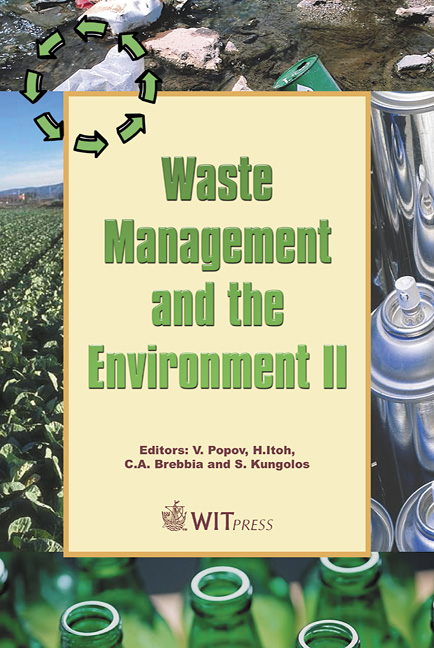Experience Of Reducing PCDD/Fs Emission From A Low-level Radwaste Incinerator In Taiwan
Price
Free (open access)
Transaction
Volume
78
Pages
9
Published
2004
Size
605 kb
Paper DOI
10.2495/WM040151
Copyright
WIT Press
Author(s)
K.-L. Yeh , C.-S. Cheng & G.-W. Gu
Abstract
In this paper, the experience of reducing PCDD/Fs emission from a low-level radwaste incinerator in Taiwan Power Company (TPC) is presented and discussed. The emission standard for dioxins from an incinerator with design capacity of under 4,000 kg/hr must be less than 0.5 ng-TEQ/Nm 3 , which was set by Taiwan EPA regulation and came into force on January 1, 2004. TPC executed both short-term and long-term improvement programs for incineration systems. In 2002, the short-term program used catalytic filter bags instead of tefaire filter bags to bring down the dioxin concentration; however, it didn’t meet emission standards. In 2003, the long-term program was then submitted and conducted, in this program, new equipment, such as a powdered activated carbon injection device, bag filter were installed. Sampling and analysis at the stack, the dioxin concentration was 1.271 ng-TEQ/Nm 3 which was not accepted. Finally, TPC replaced worn packing rings with new rings, cleaned the apparatus in the packed tower, induce draft fan, heater, stack, and a part of the piping. The results of the dioxin emission from the stack then consistently met Taiwan EPA regulation. Keyword: incineration, dioxins, catalytic filtration, powdered activated carbon. 1 Introduction 1.1 Plant description Taiwan Power Company (TPC) has two low-level radwaste incinerators, one incinerator located in Volume Reduction Center (VRC), the other was built in 3 rd
Keywords
incineration, dioxins, catalytic filtration, powdered activated carbon.





